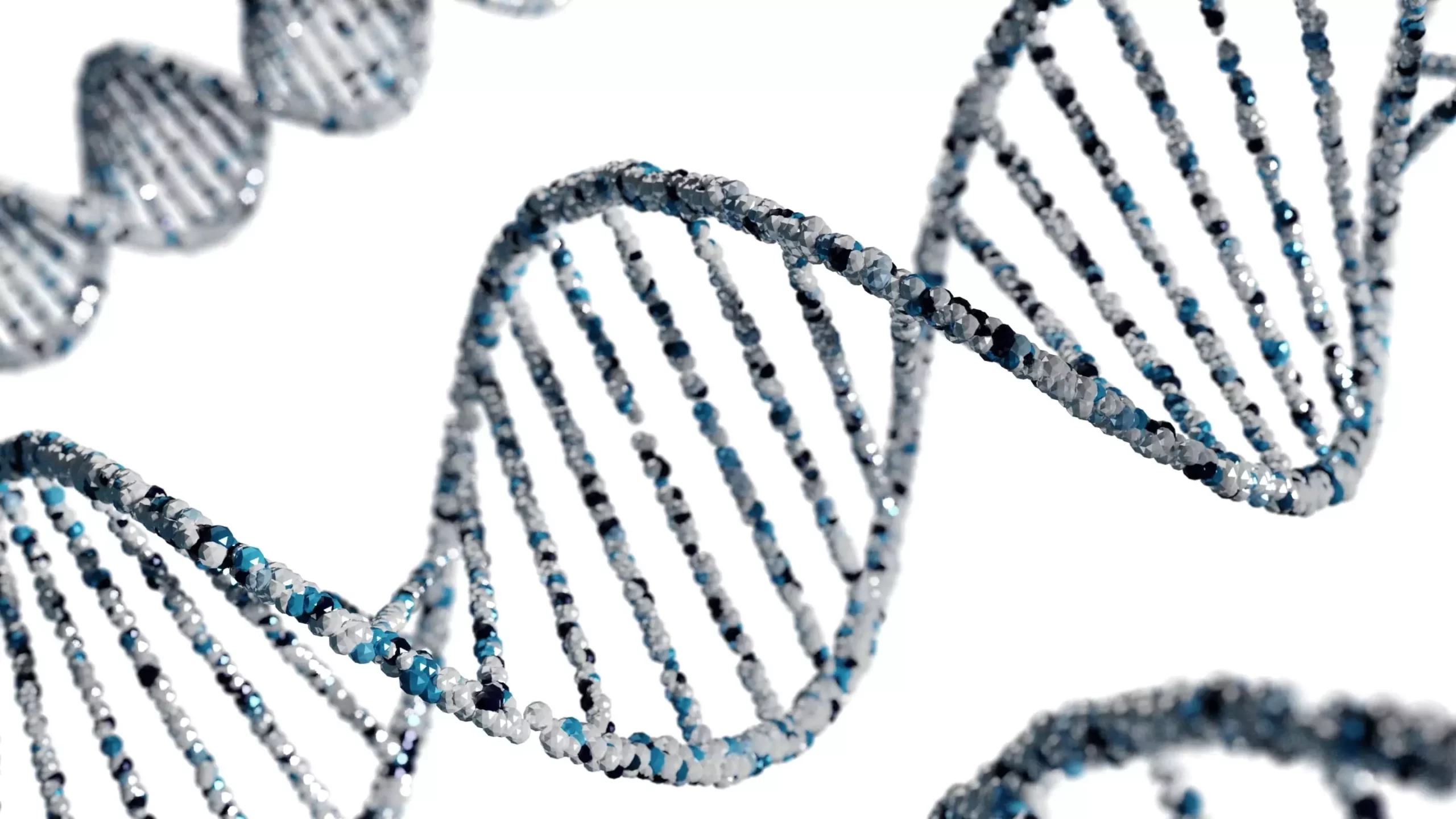In the rapidly-evolving field of biomedical innovation, the development of new drug therapies remains a critical challenge. Despite the allure of personalized medicine—such as genetically modified immune cell therapies and monoclonal antibodies—these approaches are often hampered by their complexity and overwhelming costs. As a result, the bulk of therapeutic interventions are still primarily derived from small, low-cost chemical compounds. However, a key bottleneck in expediting the discovery of novel molecular therapies lies in the limited repertoire of active compounds that current methodologies can produce. Thankfully, there has been significant progress in this area, most notably with the advent of DNA-encoded chemical libraries (DEL).
Originating from the collaborative research efforts at ETH Zurich and Harvard in the early 2000s, DEL technology has transformed the landscape of drug discovery by allowing scientists to create and screen vast libraries of chemical compounds simultaneously. Initially, researchers could only produce small molecules from a limited number of chemical building blocks using this method. Nevertheless, advancements spearheaded by chemists at ETH Zurich have elevated this process to new heights, pushing the boundaries of what’s possible.
The recent improvements in DEL technology enable researchers to automatically synthesize and assess an unprecedented billion different compounds within mere weeks. This innovation is especially significant, as it allows the exploration of larger drug molecules, such as cyclic peptides, broadening the range of pharmacological targets available for potential therapies.
At its core, DEL technology relies on the principle of combinatorial chemistry—creating numerous molecular variations from distinct building blocks. The journey of discovering effective compounds begins by synthesizing diverse combinations of these blocks, exponentially increasing the number of potential candidates. To navigate this complex landscape, each molecule synthesized in the DEL process is tagged with a unique DNA fragment, serving as a barcode, which helps identify which building blocks correspond to each bioactive ligand.
Researchers can then test these molecular libraries for their ability to bind to specific proteins, employing techniques like polymerase chain reaction (PCR) to amplify and analyze the DNA codes associated with successful compounds. However, until now, the realm of DEL was constrained due to the limitations of chemical coupling, which often resulted in the degradation of the DNA’s specificity and the inadvertent introduction of impurities during the synthesis cycles.
The team at ETH Zurich, led by Jörg Scheuermann, developed a refined methodology to tackle these obstacles by introducing a self-purifying aspect to DEL technology. This innovative approach has two key components. First, the synthesis of chemical compounds is intricately linked to magnetic particles, facilitating systematic washing steps that simplify purification processes. Second, the addition of a second chemical coupling component ensures that only the fully constructed molecules—with all specified building blocks—remain in the library.
This dual-mechanism not only alleviates the contamination issues that plagued earlier DEL implementations, but it also enables researchers to handle larger libraries featuring billions of unique molecules and synthesize more complex structures consisting of at least five building blocks. As Scheuermann explains, this represents a seismic shift in the capabilities of scientists seeking drug compounds: they are no longer limited to small molecules, but can now pursue larger entities capable of docking at various critical sites on target proteins, influencing their function and potentially leading to novel therapeutic interventions.
The ramifications of this enhanced DEL technology extend far beyond drug development; it has tantalizing implications for fundamental biological research. With the potential to identify molecules that can bind to distinct protein surfaces, researchers can better label and study proteins within their cellular environments, leading to a deeper understanding of cellular mechanisms.
Moreover, the ETH approach could significantly benefit large-scale initiatives like Target 2035, which strives to identify specific molecules capable of interacting with the estimated 20,000 human proteins by the year 2035. Scheuermann and his team plan to launch a spin-off company to make DEL technology widely accessible to both the pharmaceutical industry and academic institutions, thereby streamlining the entire drug discovery pipeline—from initial library development and automated synthesis to efficacy testing.
As the scientific community anticipates breakthroughs in the treatment of a myriad of diseases, this latest iteration of DEL technology represents a pivotal shift toward crafting a more efficient and expansive approach to molecular therapy. Coupled with the growing interest from both industry and research sectors, the potential applications of self-purifying DEL technology are virtually limitless. By embracing this innovative methodology, we stand on the verge of ushering in a new era of drug discovery, pushing the boundaries of what is possible and ultimately improving patient outcomes on a global scale.


Leave a Reply